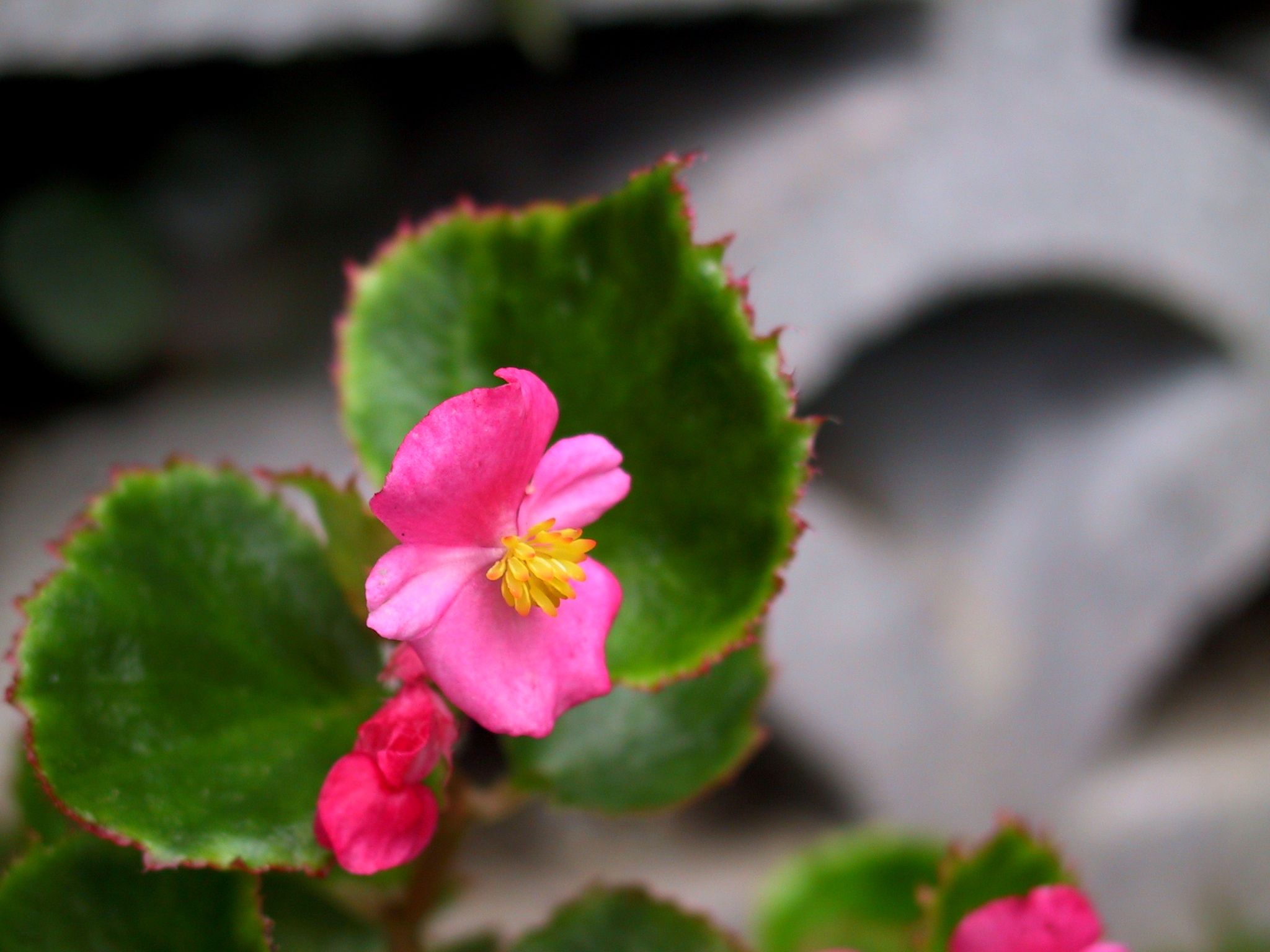Among the shade-loving dwellers of the garden, few plants rival the begonia in versatility, beauty, and ease of care. Whether cascading from a hanging basket, lining a shady border, or adding color to an indoor windowsill, begonias offer both charm and resilience. Their textured leaves and abundant blooms make them an ideal choice for gardeners who seek both variety and vibrant display.
With thousands of species and cultivars—from the angel wing to the wax-leaf, from tuberous forms to rex begonias—this genus continues to surprise and delight. Let me guide you through the essentials of cultivating this delightful plant.

Portrait of the Begonia
Begonias belong to the family Begoniaceae, which includes more than 1,800 species, most of which are native to tropical and subtropical regions. They can be grown indoors or out, depending on the variety and local climate. Begonias are often categorized into three major types: fibrous-rooted, tuberous, and rhizomatous.
Each type offers unique characteristics in terms of leaf texture, flower shape, and growth habits. While some are prized for their dramatic foliage, others shine through prolific and colorful blossoms.
Foliage and Form
Begonia foliage is one of its most distinguishing features. Leaves can be glossy, fuzzy, spotted, variegated, or deeply lobed. Depending on the type, begonias may grow upright or trail, with compact or sprawling habits.
Heights can vary from a few inches for dwarf varieties to over 2 feet for taller cultivars. The leaves may range from soft green to deep maroon or silver-speckled, often adding interest even outside of bloom season.
Blooms and Fragrance
Begonias bloom in shades of red, pink, white, yellow, and orange, with some offering delicate rose-like flowers. Tuberous varieties tend to produce the showiest blooms, often in double or ruffled forms.
Most begonias do not emit a strong fragrance, though their visual impact more than compensates. Blooms may appear from spring through fall, especially if deadheaded regularly to promote continued flowering.
The Right Time to Plant and Care for Begonias
Begonias thrive when planted after the last frost and prefer warm, humid environments. Tuberous begonias should be started indoors in late winter or early spring and transplanted outdoors once temperatures are reliably warm.
Fibrous and rhizomatous types are often grown as houseplants or in shaded garden beds and containers.
| Month | Planting | Flowering |
|---|---|---|
| January | ✅ (indoors tubers) | ❌ |
| February | ✅ (indoors tubers) | ❌ |
| March | ✅ (start indoors or sow) | ❌ |
| April | ✅ (outdoors in warm areas) | ✅ (early indoor varieties) |
| May | ✅ (outdoors all types) | ✅ |
| June | ❌ | ✅ |
| July | ❌ | ✅ |
| August | ❌ | ✅ |
| September | ❌ | ✅ (late bloomers) |
| October | ❌ | ❌ |
| November | ❌ | ❌ |
| December | ❌ | ❌ |
✅ = Recommended ❌ = Not advised
Ideal Watering, Sunlight, and Environment for Begonias
Watering
Begonias prefer consistently moist but well-drained soil. Overwatering is a common issue, especially with tuberous types, so allow the top inch of soil to dry out between waterings. Avoid getting water on the leaves to prevent mildew or rot. In winter, reduce watering for indoor begonias, especially if growth slows.
Sunlight
Begonias thrive in bright, indirect light. Tuberous types prefer partial shade outdoors, while fibrous varieties can tolerate more sun, especially if the climate is cool. Indoors, east or west-facing windows work well.
Indoor vs Outdoor
Begonias can be grown both indoors and outdoors. Many people grow them indoors year-round or bring them inside for winter. Outdoors, they should be placed in sheltered, semi-shaded spots, protected from strong winds and direct midday sun.
Temperature
Ideal temperatures range from 15–25°C (60–77°F). Begonias are highly sensitive to frost and cold drafts. Tuberous begonias go dormant in winter and should be stored cool and dry.
Ideal Soil Conditions for Growing Begonias
| Soil Feature | Optimal Condition | Why It Matters |
|---|---|---|
| Soil Type | Light, loamy, and well-draining | Prevents root rot while supporting healthy root growth |
| Texture | Loose, airy, rich in organic matter | Encourages moisture retention without compaction |
| Drainage | Excellent, especially in pots | Poor drainage causes tuber and root rot |
| Moisture | Moderately moist; never soggy | Encourages steady growth and prevents fungal issues |
| Soil pH | Slightly acidic to neutral (6.0–7.0) | Helps in nutrient absorption |
| Amendments | Peat moss, compost, perlite | Boosts fertility and improves texture and drainage |
Common Problems & Solutions
| Issue 🐾 | Symptoms 🔍 | Solutions 🛠️ |
|---|---|---|
| Powdery Mildew 🌫️ | White, powdery coating on leaves | Improve air circulation, avoid wetting leaves, use sulfur-based fungicides |
| Root Rot 💧 | Wilting, black or mushy roots | Reduce watering, ensure well-draining soil or pots |
| Leaf Spot 🍃 | Brown or yellow circular spots on foliage | Remove affected leaves, improve spacing, apply copper fungicide |
| Aphids 🐜 | Sticky residue, curled leaves | Wash off with water, introduce ladybugs, or use insecticidal soap |
| Mealybugs 🕷️ | Cottony white clusters near stems or joints | Dab with alcohol on cotton swab, repeat weekly if needed |
Begonias are beloved for their ornamental appeal, variety of forms, and manageable care. With the right conditions and a watchful eye, they’ll grace your garden or home with dazzling blooms and foliage from spring to fall. Whether nestled in pots or brightening a shaded bed, begonias are a steadfast companion for the thoughtful gardener.